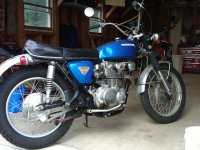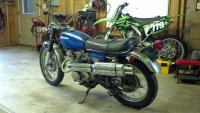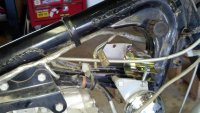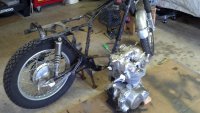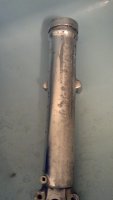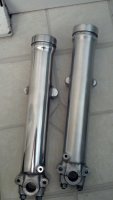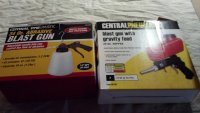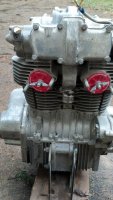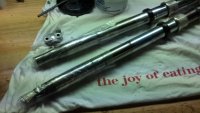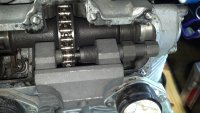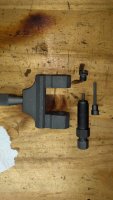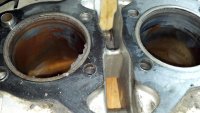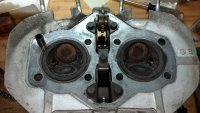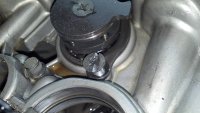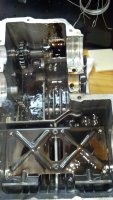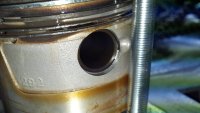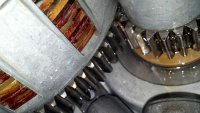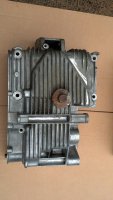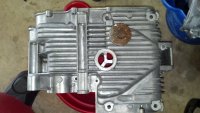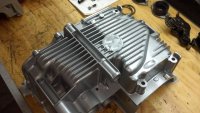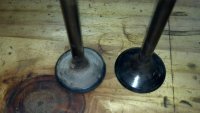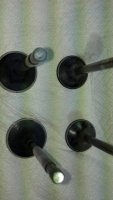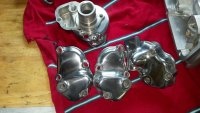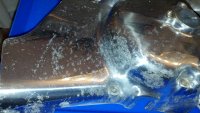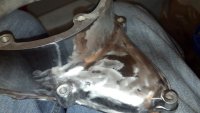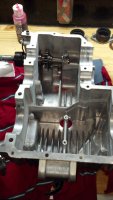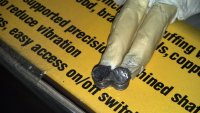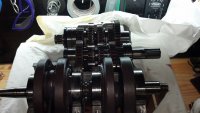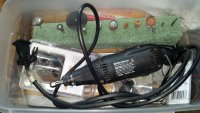jchek779
Leave the gun. Take the cannoli.
Hey Guys,
I'm Jay and I have a motorcycle problem. I've been lurking for years and have finally started my first vintage bike project - 1969 Honda CL450 Scrambler.
Background - I was given this bike over 5 years ago. From what I can gather, this bike hadn't been on the road since the late 70's, but sat in this guys garage the whole time. Once I brought it home, it sat around in the shed the past few years while I remodeled a house, raced motocross, and worked on my hot rod. I didn't have anything major lined up for the winter months, so I decided to lay into this bike. I'd love nothing more than to chop/cut this bike all up, but it's just too 'together' for me to 'get to work'
The Plan - Since 95+% of this bike is original, I'm going to restore as much of the original components as possible, while making some finish upgrades where I see fit (powder coat frame, etc). The chrome has the typical surface rust and corrosion, and much of the aluminum is hazed with oxidation. Nothing a little elbow grease can't fix. The tank has a minor dent, but I think a paintless dent removal place can handle it.
Here we go...
I'm Jay and I have a motorcycle problem. I've been lurking for years and have finally started my first vintage bike project - 1969 Honda CL450 Scrambler.
Background - I was given this bike over 5 years ago. From what I can gather, this bike hadn't been on the road since the late 70's, but sat in this guys garage the whole time. Once I brought it home, it sat around in the shed the past few years while I remodeled a house, raced motocross, and worked on my hot rod. I didn't have anything major lined up for the winter months, so I decided to lay into this bike. I'd love nothing more than to chop/cut this bike all up, but it's just too 'together' for me to 'get to work'
The Plan - Since 95+% of this bike is original, I'm going to restore as much of the original components as possible, while making some finish upgrades where I see fit (powder coat frame, etc). The chrome has the typical surface rust and corrosion, and much of the aluminum is hazed with oxidation. Nothing a little elbow grease can't fix. The tank has a minor dent, but I think a paintless dent removal place can handle it.
Here we go...


